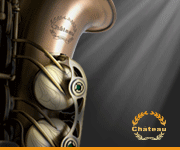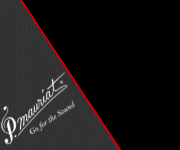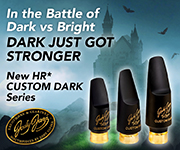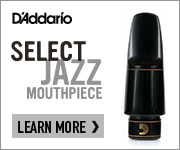EBIC was not absorbed by Buescher in 1937. EBIC was essentially always a part of Buescher.
Here's a Time line based on government filings, annual reports, trade articles, etc with most focus on Elkhart BIC:
1) 1915 - A groupd lead by CD Greenleaf buys CG Conn and establishes new name CG Conn Ltd.
2) 1916 - A group lead by CD Greenelaf & AH Beardsley buys control of Buescher
3) 1917 - Conn trademarks the name Pan American and starts using its models for stencils.
4) In July 1919 Pan American is incorprated as a separate subsidiary of CG Conn Ltd. Greenelaf & Beardsly are dominant incorporators. Conn investors and managers are others
5) In Sep 1919 Elkhart Band Instrument Co is incorprated as a subsidiary of Buescher. Greenleaf and Beardsly are dominant incorporators. Buescher management are others.
5) 1919 - Buescher announces coming plant expansion at Jackson St - expects to double and buys property next door.
6) Nov 1919 Pan American opens its own separate plant. It's the old Angdile plant.
7) 1922 - Elkhart BIC begins production of saxophones only. Company is on Main St
8) 1922 - Buescher expansion actually only a 50% increase.
8) 1923 - Elkhart BIC moves to Plum St
9) 1927 - Elkhart BIC announces it will begin adding other band instruments to line up, no longer just producing saxophones.
10) 1927 - Buescher opens additional space completing doubling of original Jackson St plant creating Buescher Block.
11) 1928 - Elkhart BIC moves to Jackson St, address indicates it occupies latest expansion of Buecher Plan.
12) 1929 - FA Buescher "retires" for company thet bears his name.
13) 1949 CD Greenleaf becoms Chairman of the Board, Paul Gazlay become President of CG Conn Ltd. At this time the company President was in control of operations
14) 1958 - Leeland Greenleaf becomes President of CG Conn Ltd, PM Gazlay becomes Chairman of the Board.
15) 1958 - Charles Greenleaf sells CG Conn Ltd stock to by contol of Buescher.
Based on what I have found, it looks like the Greenleaf family comtroled CG Conn Ltd and its subsidiaries from 1915 through 1969. However, I have found Beardsleys on the board of directors. Conn Ltd became a public Company by WWII, but I have yet to identify specifically when.
Also Based on what I have found both the Beardsley family and Greenleaf family had control of Buescher. However, it looks like Beardsley was mostly dominant in the operations contol of the company, even though after the FA Buescher retirementt others show up in the trades as President. As mentioned above in 1958 Charles Greenleaf finally buys control of Buescher, but names himself Vice President. Buescher looks to have always been private.
Kurt
 Forgot Username? Forgot Password?
Forgot Username? Forgot Password?





